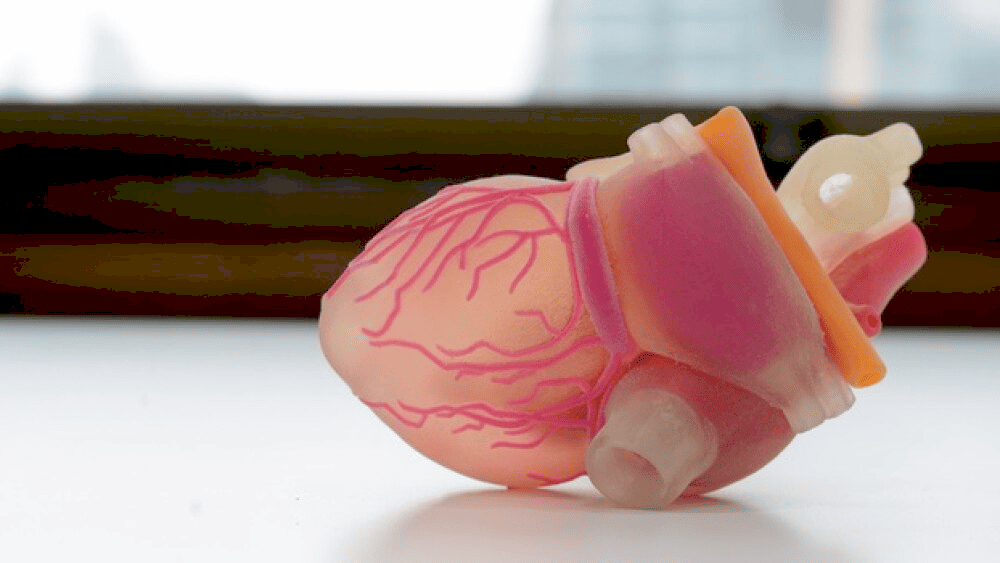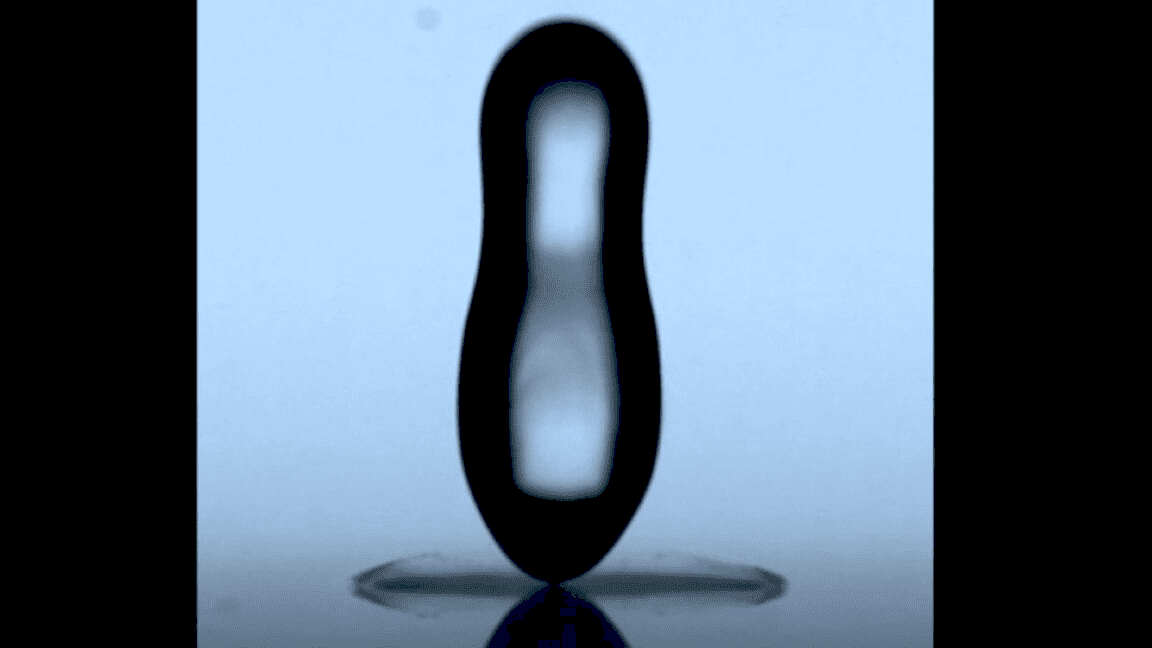Artificial Organs: Introduction to the Field
Artificial Organs represent a revolutionary fusion of biology with technology. This advancement leverages artificial organs technology to replicate natural organ functions and improve patient outcomes. Early research focused on mechanical and biocompatible replacements that set the stage for modern innovations.
Definition and Early History
Artificial Organs are devices designed to imitate the function of natural organs using state-of-the-art engineering and biointegration. The history of such devices dates back to pioneering experiments in the mid-20th century. Researchers developed the first mechanical heart, providing a proof-of-concept that life-sustaining devices could offer a viable alternative for organ failure. Key historical breakthroughs include:
- The development of the initial mechanical heart prototypes demonstrating life-sustaining support.
- Advancements in the synthesis of biocompatible materials which reduced the risk of rejection.
- The introduction of 3D bioprinting artificial organs which marked a significant step in personalized medicine.
This chronology of achievements underscores that the benefits of artificial organs are not limited to life extension; they also pave the way for reduced transplant waiting times and enhanced quality of life. The application of artificial organs technology has continuously evolved, integrating more refined methods and materials to match human biology more accurately.
Fundamental Principles and Early Breakthroughs
At the core of this technology lies a combination of material science, precise engineering, and biointegration techniques. The foundational principles include rigorous testing, iterative design improvement, and standardization of protocols. Researchers focused on:
- Utilizing advanced biocompatible materials to minimize immune rejection.
- Designing precise mechanical systems that closely mimic natural organ operations.
- Integrating sophisticated control systems to ensure smooth synchronization with human physiology.
Early clinical experiments demonstrated tangible benefits of artificial organs—these devices not only improved survival rates but also offered a practical alternative for patients awaiting transplants. For example, case studies published on the National Center for Biotechnology Information website validate these technological strides. Similarly, insights from the National Institute of Biomedical Imaging and Bioengineering emphasize both the breakthroughs and continuing developments in this arena.
In conclusion, the seamless integration of artificial organs technology laid a robust foundation for current innovations in regenerative medicine. The early successes and fundamental principles have paved the way for further exploration into the benefits of artificial organs, promising even greater advancements and practical applications in healthcare.
Artificial Organs: Deep Dive into Current Engineering Techniques
Artificial Organs continue to reshape modern medicine through advanced artificial organs technology that emphasizes not only the benefits of artificial organs but also the practical integration with human physiology. Contemporary engineering focuses on developing materials and design techniques that align seamlessly with the dynamic nature of the human body. Engineers and biomedical scientists have refined artificial organs by incorporating state-of-the-art materials, rigorous design protocols, and iterative testing processes.
Materials and Design Innovations
Current developments in artificial organs engineering rely on a combination of biocompatible materials and innovative design techniques. Engineers now use advanced polymers, titanium alloys, and silicone composites to ensure that the components of artificial organs provide resilience and minimal rejection rates. Key materials include:
- High-grade polymers that mimic the elasticity of natural tissues.
- Titanium alloys offering durability and improved strength for core components.
- Silicone composites designed to simulate soft tissue integration.
These materials undergo exhaustive testing and simulation studies. Modern design techniques leverage computer-aided design (CAD) tools and 3D printing technology to fine-tune intricate components. For example, 3D bioprinting artificial organs has accelerated customized iterations of heart valves and vascular structures, allowing prototypes to closely mirror native organ functions. The incorporation of sensor systems has further optimized control mechanisms and ensured responsive integration with human physiology.
Integration with Human Physiology and Case Studies
Design innovations extend into the meticulous integration process with human physiology. Engineers optimize the flow dynamics and maintain synchronization with natural organ operations. They use advanced simulation models and clinical data to iteratively adjust the interface between mechanical components and living tissues. Specific case studies have shown that:
- Patients using bioprinted cardiac patches experienced enhanced recovery rates and improved heart function.
- Artificial kidneys, engineered with optimized filtration membranes, have demonstrated higher efficiency and reduced complications compared to earlier models.
- Integrated sensor technology in artificial lungs offers real-time adjustments to patient breathing patterns, significantly reducing risks during recovery.
Significant scientific experiments, documented on reputable platforms such as the National Center for Biotechnology Information and ScienceDirect, validate these engineering strides. These reports detail the precision tuning of mechanical systems and their adoption in clinical environments. The refined materials and design techniques not only improve the benefits of artificial organs but also lay the groundwork for future advancements in artificial organs. Progressive studies continue to bridge the gap between engineered devices and the complex demands of human physiology, ensuring that each iteration is more compatible, reliable, and effective.
In conclusion, the systematic approach in current artificial organ engineering is characterized by robust material selection, precise mechanical design, and dynamic integration with biological systems. This deep dive into contemporary methods outlines a promising trajectory for artificial organs technology, emphasizing tangible improvements in patient care and survival outcomes while addressing the rigorous demands of modern biomedical science.
Future Perspectives and Socio-Ethical Implications
Artificial Organs continue to drive innovation in medicine. The future perspectives of artificial organs technology encompass substantial potential advancements, regulatory challenges, and everyday life improvements that benefit both patients and society. Innovative research is paving the way for more effective and durable devices, bridging gaps between mechanical systems and natural human physiology. With cutting-edge engineering and ongoing improvements in 3D bioprinting artificial organs, experts anticipate devices that exhibit enhanced functional compatibility and longer lifespan.
Potential Advancements in Artificial Organs
Recent breakthroughs signal significant progress in the integration of advanced materials and micro-engineering techniques. The focus is on refining biocompatible materials and precision design to further reduce the risk of rejection and improve performance. Key areas for potential improvement include:
- Development of smart sensor integration for real-time monitoring of organ function.
- Enhanced adaptability of artificial organs through personalized engineering techniques.
- Implementation of AI-driven algorithms for dynamic responsiveness in organ function.
- Expansion of 3D bioprinting artificial organs to include more complex tissue architectures.
Scientific initiatives, as reported on platforms like the National Center for Biotechnology Information, continue to explore these innovative fronts. The advancements point to engineered systems that are robust, responsive, and tailored to individual patient needs, further reinforcing the benefits of artificial organs.
Regulatory Challenges in the Field
Despite technological progress, regulatory frameworks pose critical challenges. Authorities are tasked with ensuring that every new device adheres to stringent safety and ethical standards. The regulatory landscape is evolving, driven by the following factors:
- Need for standardized testing protocols across different artificial organs designs.
- Compliance with international guidelines for biointegration and patient safety.
- Legal and ethical scrutiny concerning long-term effects and device reliability.
These challenges necessitate a cooperative approach among scientists, regulatory bodies, and industry stakeholders. By leveraging transparent testing and clinical trials, the sector aims to streamline approval processes while safeguarding patient welfare. Frequent updates from regulatory agencies ensure that improvements in artificial organs technology are implemented responsibly.
Everyday Life Improvements and Practical Benefits
Future applications of artificial organs will have a profound impact on everyday life. Patients can expect enhanced quality of life, reduced waiting times for transplants, and more reliable long-term support. Practical benefits include:
- Lower healthcare costs through reduced hospital stays and complications.
- Improved mobility and overall health outcomes for recipients of artificial organs.
- Increased socio-economic participation as patients regain independence.
Society as a whole stands to benefit from these innovations. The integration of artificial organs into clinical practice promises not only direct medical advantages but also a broader boost in public health. Valuable insights from resources such as ScienceDirect illustrate that these technological advancements will help mitigate the growing burden of organ failure worldwide. In conclusion, the strategic fusion of advanced engineering and ethical oversight positions artificial organs as a transformative force in modern medicine, underscoring practical benefits and tangible improvements in patient care.





